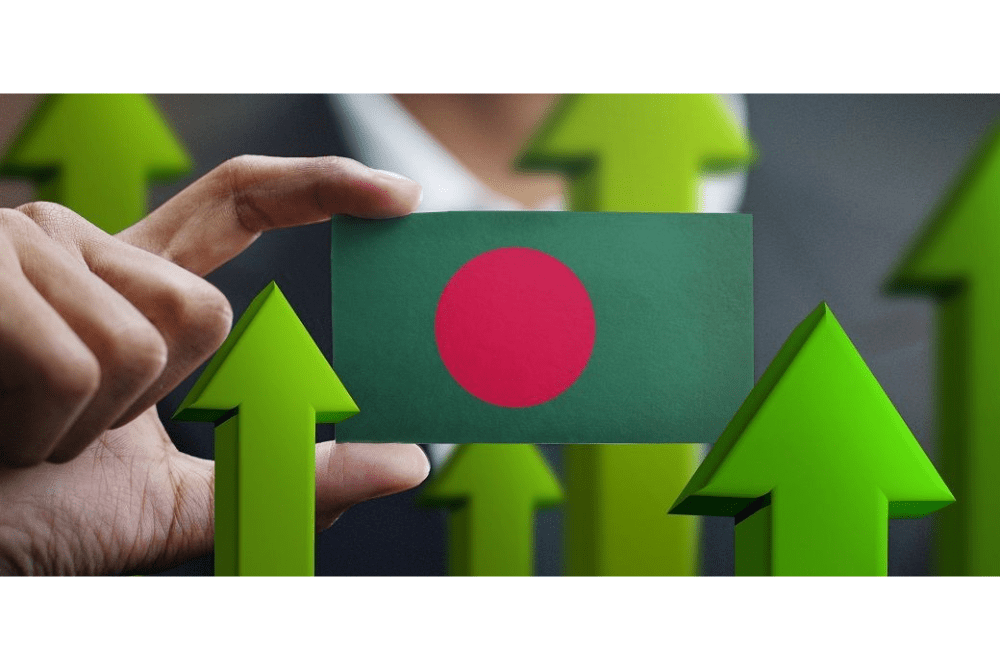Bangladesh has surpassed China in apparel export growth to the European Union in the first nine months of 2025, strengthening its position as one of the bloc’s most competitive suppliers. Eurostat data show that from January to September, Bangladesh’s garment exports to the EU rose 13.17 percent year on year to 15.26 billion euros, up from 13.48 billion euros a year earlier.
China, although still the largest supplier in value terms, recorded slower growth at 9.86 percent, exporting 19.77 billion euros during the period. In terms of shipment volume, China remained ahead with a 17 percent rise, compared to Bangladesh’s 15.55 percent. However, Bangladesh’s unit prices were far more attractive to European buyers. While China saw unit prices decline by 6.10 percent, Bangladesh posted a smaller 2.06 percent drop, indicating stronger buyer interest driven by cost competitiveness.
Read More: Packaged Food Market Set to Hit 5.8 Billion Dollars by 2030 as Urban Demand and Exports Surge
Other major Asian exporters also posted notable growth. India exported 3.76 billion euros worth of apparel to the EU, an increase of 10.62 percent in value and 16.01 percent in volume, while unit prices fell by 4.65 percent. Pakistan’s shipments grew 13.77 percent to 2.90 billion euros, supported by a 15.90 percent rise in volume. Cambodia emerged as one of the strongest performers, exporting 3.37 billion euros worth of garments, up 22.51 percent, with volume soaring 39.65 percent as the country shifted more aggressively toward the EU market amid weaker US demand.
Turkey, however, experienced a downturn, with its apparel exports to the EU falling 9.80 percent to 6.42 billion euros.
Overall, the EU imported 68.47 billion euros worth of apparel during the nine month period, marking a 7.14 percent year on year rise. The increase was driven primarily by a 13.80 percent jump in volume, even as average import prices fell by 5.86 percent per kilogram, underscoring rising demand coupled with intensified price pressure across global supply chains.
Read More: 5 AI Companies by Market Capitalization as of November 2025
Industry leaders in Bangladesh attributed the strong performance to timely work orders from European buyers ahead of the Christmas season. However, BGMEA senior vice president Inamul Haq Khan cautioned that the growth may not continue at the same pace in the coming months. “The trend of placing new work orders is tight now, although the situation was expected to improve,” he said. He also noted that US President Donald Trump’s reciprocal tariff measures have added further uncertainty to the global apparel trade.
Bangladesh has maintained its position as the EU’s second largest apparel supplier for several years due to its cost efficiency and reliable production capacity. The country has already overtaken China in key product categories such as trousers and denim. In terms of volume, Bangladesh has long held the top position in supplying garments to the European market.


